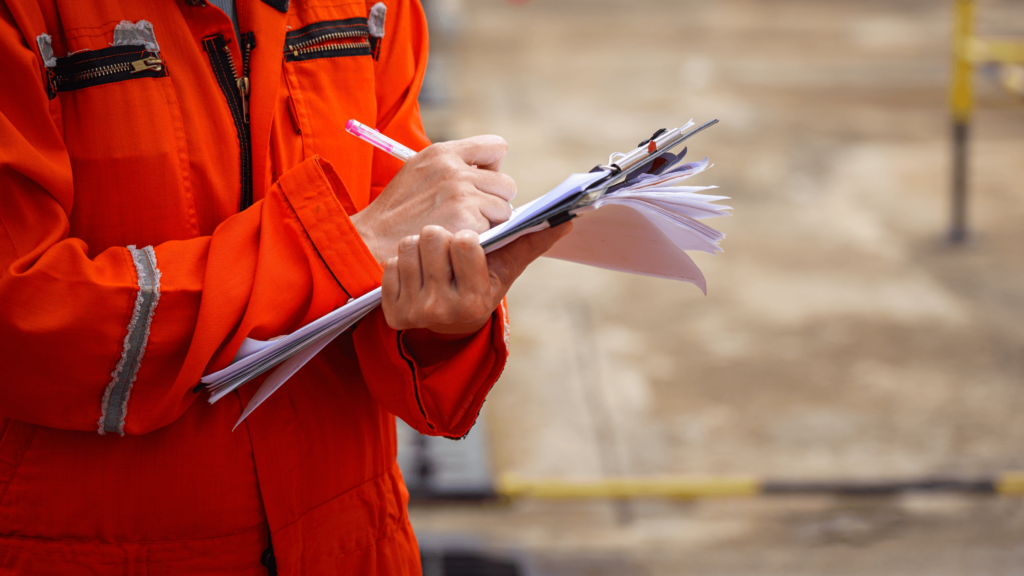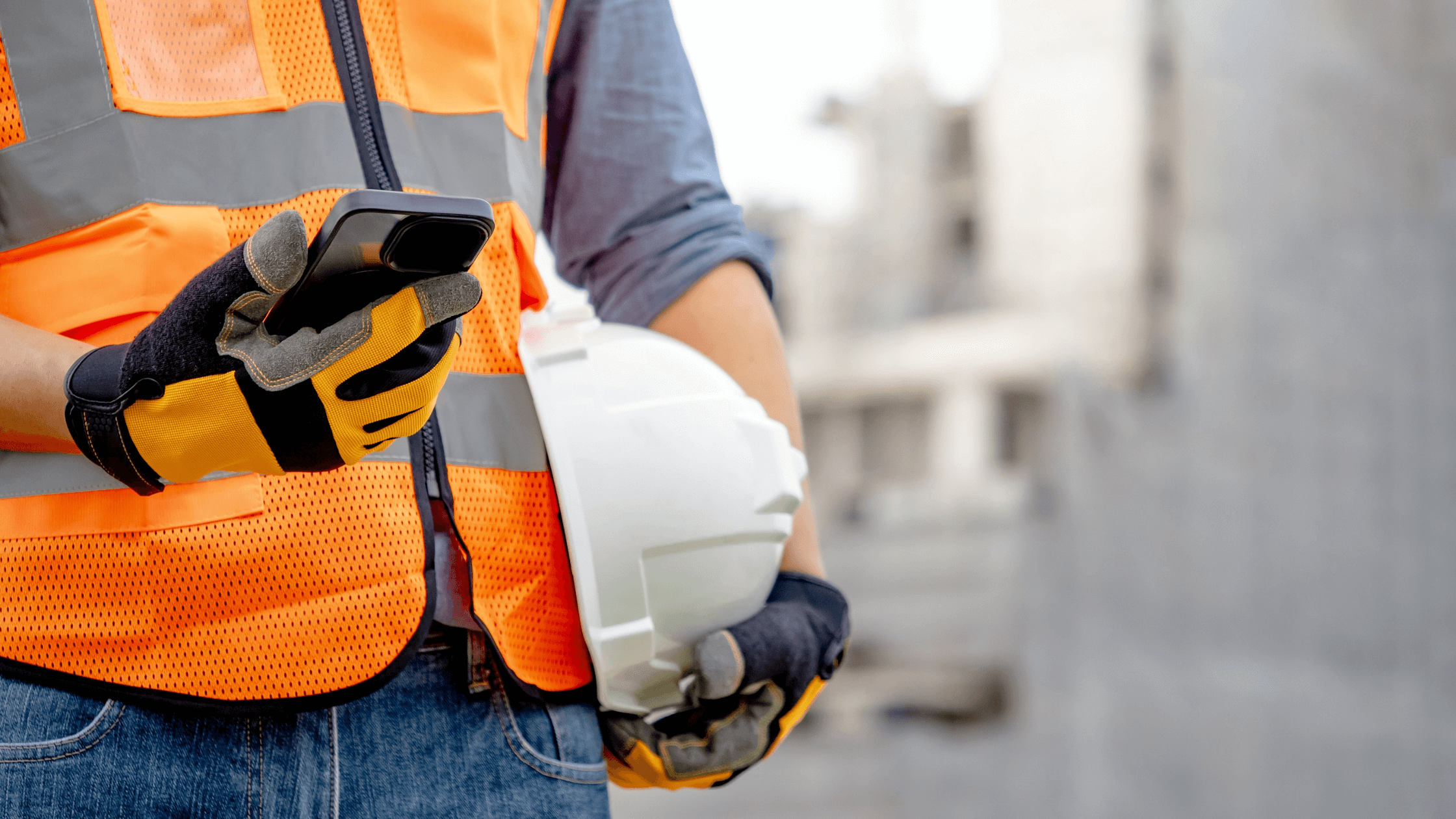Although it is impossible to completely avoid injuries on the job site, companies can take action to reduce construction injuries, prevent fatalities, and create a safer workplace overall. Mobile apps, smart PPE, active teaching methods, and mental health prioritization all contribute to this. Here are the top articles that dive into the details so you can encourage a safer work environment today.
Why safety is critical for every construction project

Workplace injuries, thanks to more stringent safety protocols, have fallen in the last three years, with 2023/2024 seeing a 4% decrease, according to Reporting of Injuries, Diseases and Dangerous Occurrences Regulations (RIDDOR).
However, overall injury rates are still high. Slips, trips, and falls are the most common causes of minor to severe accidents. Equipment handling, lifting, and carrying are also major contributors.
High rates of injury impact the work culture, contribute to labor shortages, and cost companies millions in workers’ compensation across the industry. Numerous preventative measures can be implemented, and these articles provide a rundown on improving safety in the skilled trades now and in the future.
Top 8 articles for construction safety
1. Active teaching is the most effective safety training method
Safety training has been around for a long time, but which methods stick? Active teaching is one of the most effective education methods for people in the skilled trades. Practices like virtual and augmented reality, demonstration and simulation, discussion, and even gamification can put workers in more realistic scenarios to retain knowledge better.
It uses the Strengths, Weaknesses, Opportunities, and Threats (SWOT) methodology to explain its effectiveness quantitatively and qualitatively.
2. The cost of safety gear: A barrier to workplace protection
Overhead costs can affect the quality of workers’ training. Rising safety gear costs prove that although protecting workers might be a high priority, the reality of pricey safety gear creates a barrier to training. This article outlines which industries are impacted and what companies can do to lessen the financial cost, whether through grants from government programs or by exploring financing or leasing options.
3. DroneDeploy launches Safety AI
Advancements in AI have been ramping up across industries, and construction is no exception. Drone Deploy has launched a new program called Safety AI that sets a new standard for risk detection in construction. It enhances job site safety by identifying hazards, automating safety checks, and producing real-time worksite risk data. It empowers construction professionals to maintain a tight ship in safety protocols.
4. Top mental health and wellness apps to improve worker safety on construction sites
Worker safety isn’t all about physical protection—it’s also about ensuring your employees are mentally healthy. Mental health apps are one of the easiest and most convenient ways to help workers improve their mental health. When you manage your stress and anxiety, you’re better prepared to make smarter, safer decisions for you and your colleagues.
The article explores the best mental health and wellness apps and how they empower users to practice safety on the job. Apps like Headspace, Cam, and TalkSpace offer journaling, meditation, and therapy features.
5. Which construction workplace injuries cost companies the most?
What if you could see how much a workplace injury actually costs? Getting injured on the job site doesn’t just involve workers comp—it also costs employers. The cost of workplace injuries across the industry is eye-opening. Each year, work-related injuries and illnesses across the U.S. cost billions in corporate losses. Falls, transportation injuries, and overexertion are just a few examples of injuries that stack toward the total worker’s compensation bill.
6. Smart PPE in construction: Benefits, costs, and challenges
Safety training equipment has advanced over recent years, and smart PPE is the latest and most significant development in keeping workers safe. Whether it’s greater efficiency, real-time communication, or better safety outcomes, smart PPE like smart glasses, exoskeletons, and wearables are improving how we work. This tech-fuelled PPE offers real-time monitoring and tracking of safety protocols and incorporates advanced technology that goes beyond conventional methods.
It’s an objective improvement in safety, but it comes at a steep price, especially with equipment like smart helmets and exoskeletons.
7. Top 10 OSHA violations every construction site should avoid
The Occupational Safety and Health Administration (OSHA) is the standard set of guidelines workers should follow to maintain safety compliance. Despite company efforts to follow regulations, violations happen every day. Some of the most common violations include infractions related to scaffolding, machine guarding, and improper use of respiratory protection. OSHA violations put workers’ safety at risk but could also come with hefty fines for your company. This article details how to avoid legal trouble and, worse, injuries and fatalities.
8. Why safety culture should be a priority for worker retention
Strong safety practices stem from a strong safety culture, and it’s simple for companies to start one. According to the research, workplace safety is important to employees, with 93.5% saying they’re more likely to stay for over five years when they perceive a safe work culture and companies that prioritize safety experiencing 24-59% lower turnover than those that do not. Improve today’s culture to keep your workforce strong, safe, and happy.
Subscribe to the newsletter for the best listicles for people in the AEC space.




4 comments